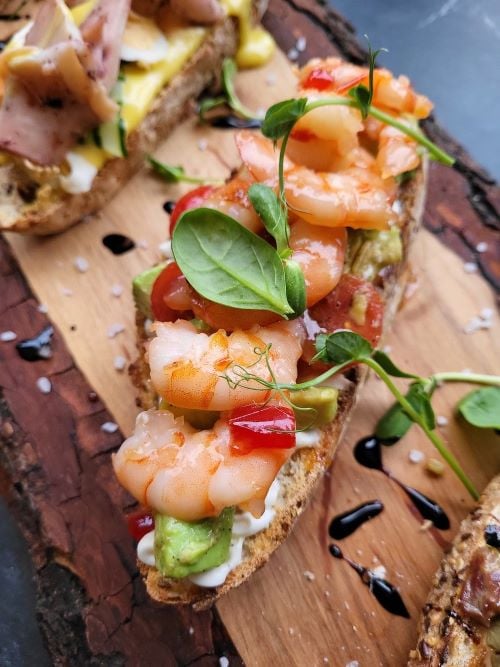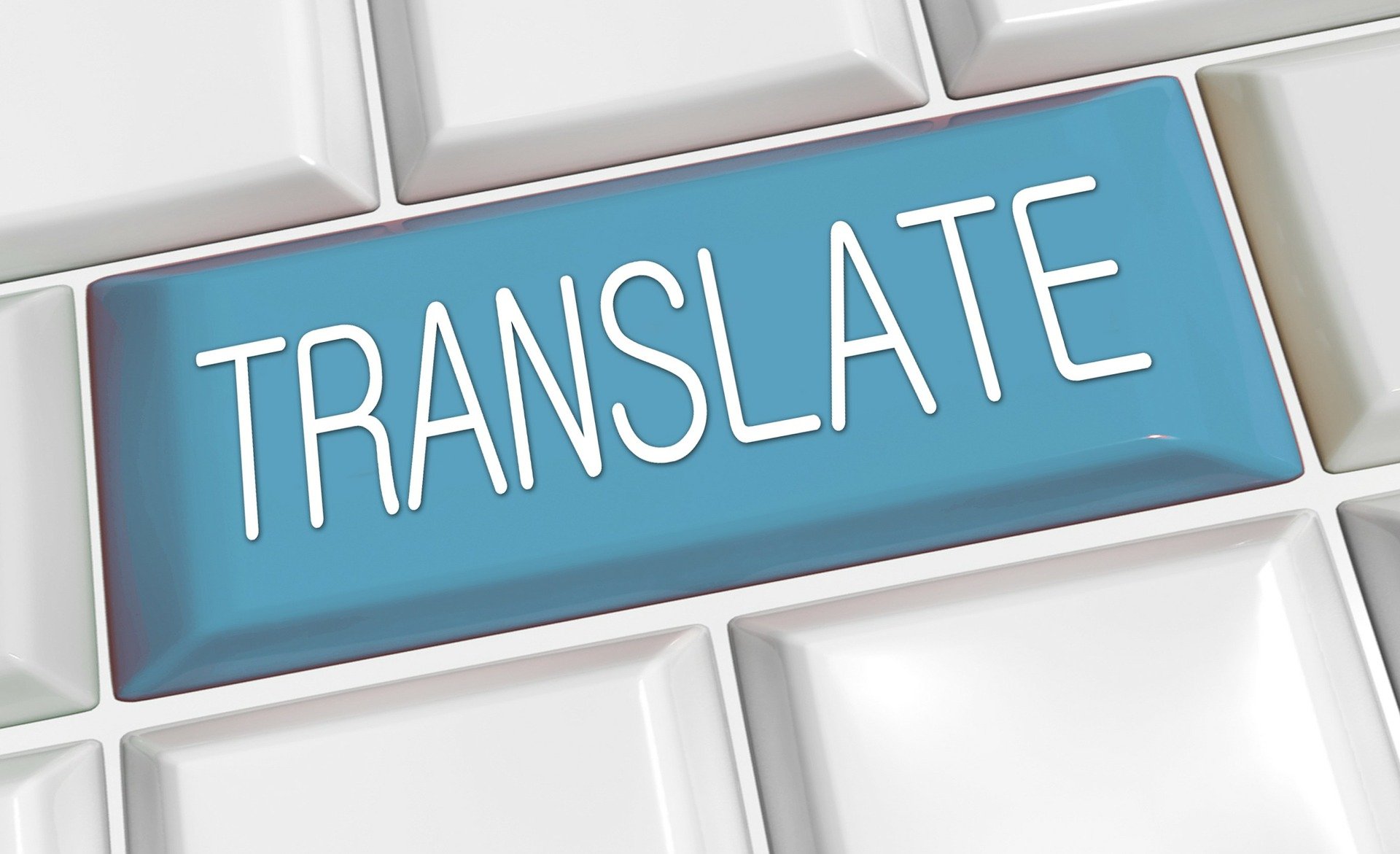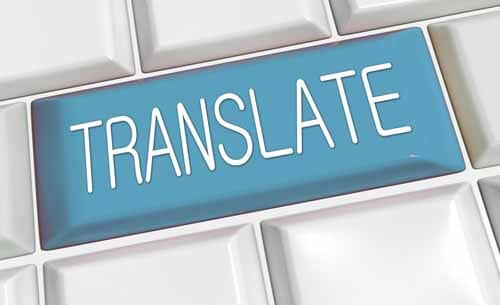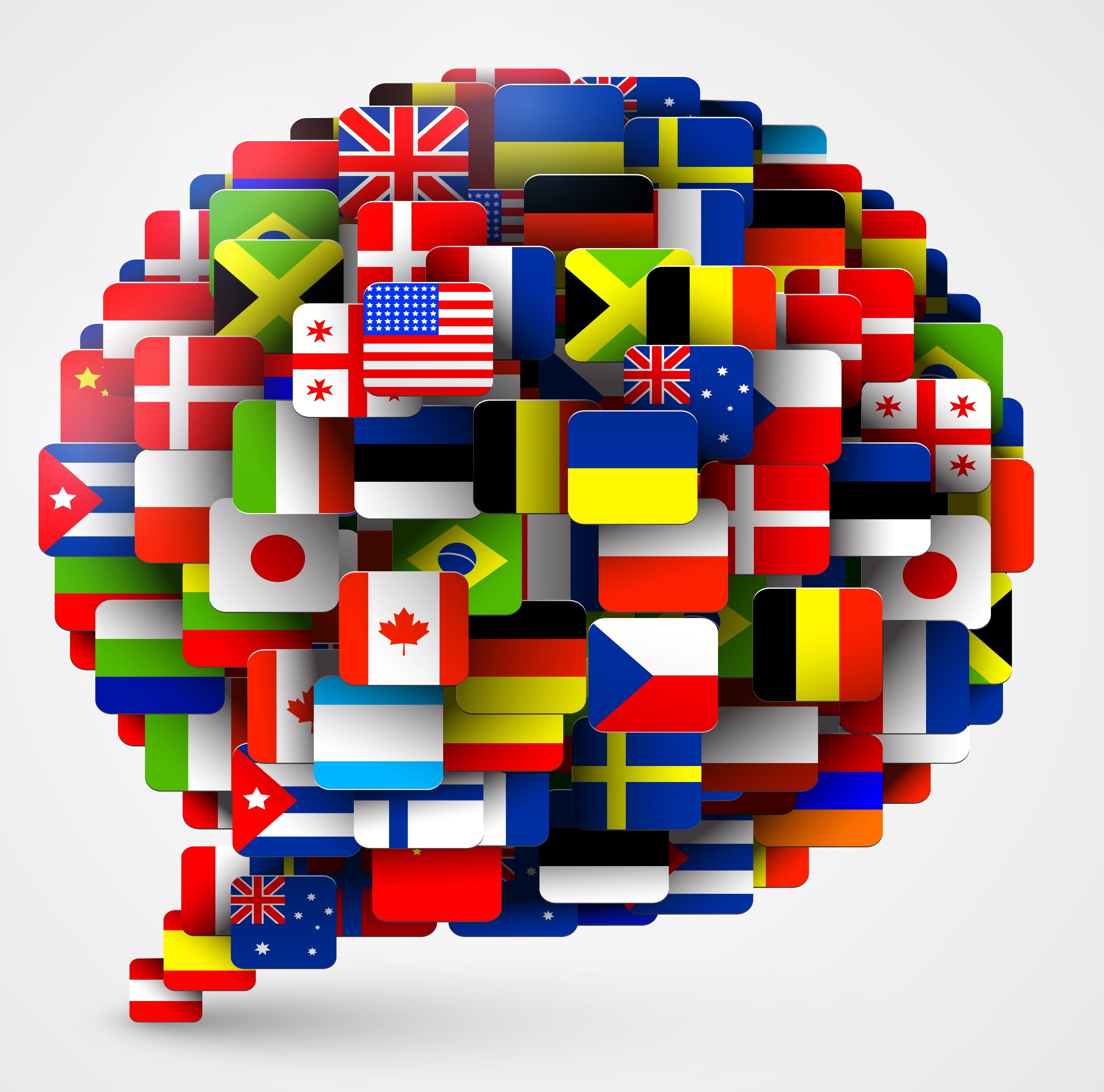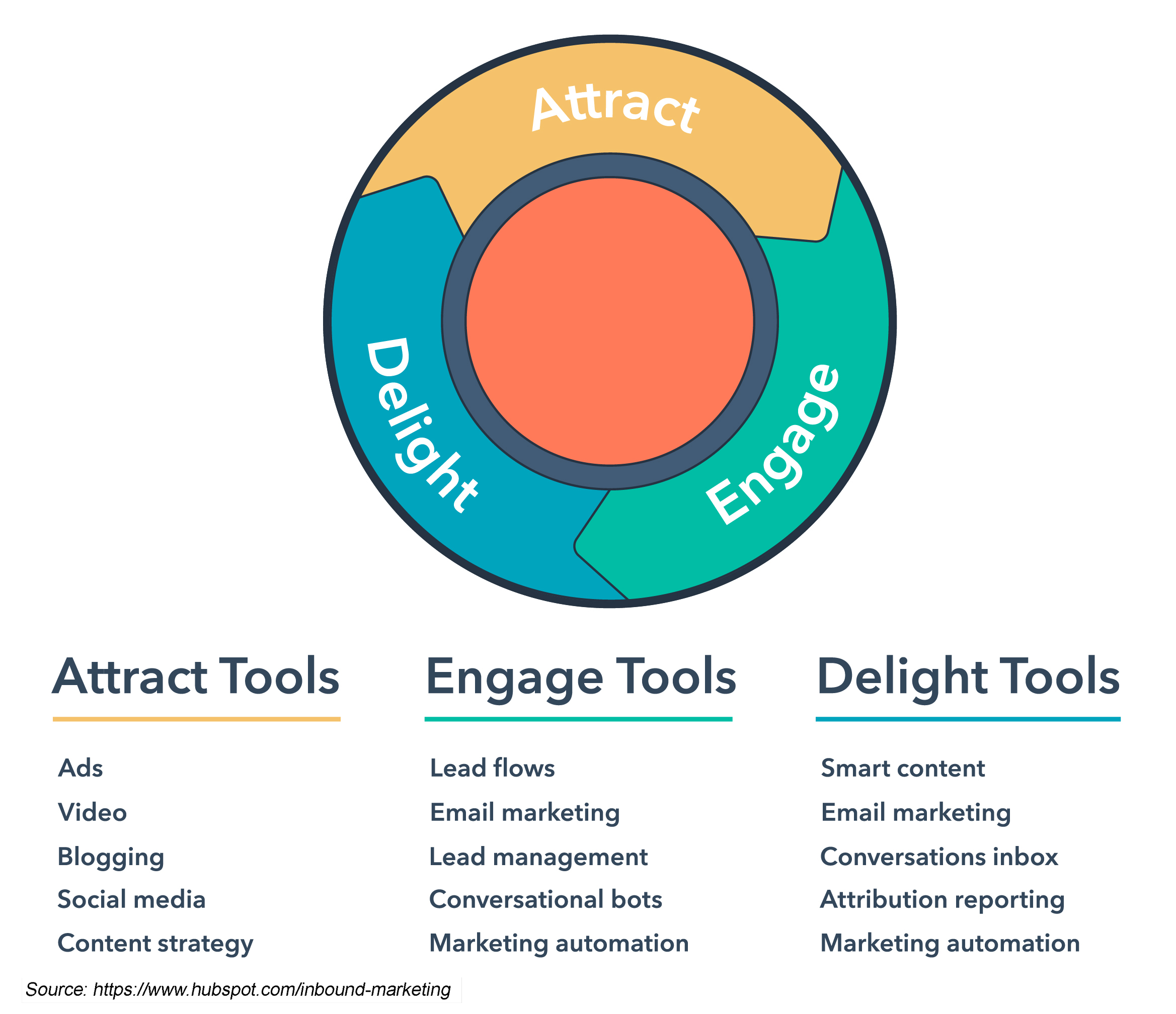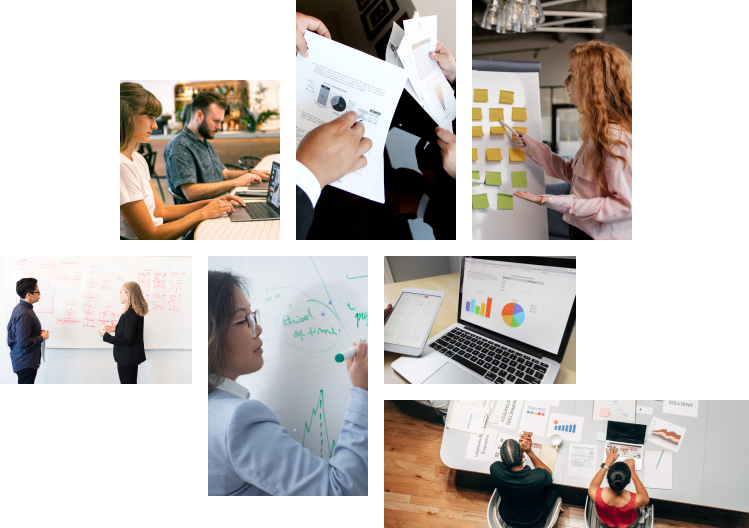Listen to Audio Version:
In this webinar, Wendy Pease, President of Rapport International, presents a simple, actionable plan for using language services – written translation and spoken interpretation – to grow your business, both domestically and internationally. “It’s a good time to change because the world is changing,” she says. Millennials have grown up traveling and possess a more global mindset, the US is home to the second largest population of Spanish speakers, and most all business can be conducted virtually.
In addition, “[c]ompanies equipped to provide translated content are better positioned to manage the ‘accidental’ customers, ones who stumble upon their website – for approximately 75% of people will only click ‘BUY’ if the website and product information is in their preferred language.”
“Goods are in demand all over the place,” says Wendy; for example, a US BBQ sauce producer has seen early success in the Middle East, where the sauces are considered “gourmet” product. It’s largely due to “rising global incomes” – no matter how individual countries are driven economically, the trend toward individual rising global incomes means consumers “want goods that fill their needs no matter what they are.”
According to the US Department of Commerce, manufacturing companies that export have higher revenues, higher profits, higher valuations, and more stability than their domestic-only competitors. Yet, only about 1% of all US companies export!
You’re not meant to go it alone. There are countless grants and other free supports available to help you, including:
- US Commercial Service (USCS)
- Small Business Development Centers (SBDCs)
- US Export Assistant Centers (USEACs)
- Department of Economic Development (DED)
- Exim Bank
- Small Business Administration
- World Trade Centers
- Incubators
- Global Organizations like Soft Land Partners
To access these agencies and for additional resources, explore our Exporter Treasure Map, read our blogs on the US Commercial Service and US Small Business Association STEP Grants, tune in to Resources for Exporters – No Need to Go it Alone! (podcast #120) featuring Laurent Kahl, International Export/Import Consultant at the University of Georgia SBDC, or sign up for our free email mini course, Global Marketing: Turning Your Domestic Sales into International Profits.
Already Thinking Global?
It’s always nice to have an invested stakeholder, says Wendy, maybe a CEO from abroad who says: “I think we should translate something” or “I think we should sell in Germany.” If you’re ready to start your global journey, think about strategy, buying personas, and initial markets. A global marketing strategy should align with corporate strategy; translation management unifies the two.
Strategy often starts successfully with the traditional “marketing mix,” the 4 Ps: “product, price, place, and promotion,” so long as you consider each factor from a global viewpoint. Ask yourself, and think long and hard before answering these questions:
-
Where does my product fit in the current market? What are my differentiators, from a global perspective? What is my unique selling proposition (USP) or unique value proposition (UVP) outside of the US; what makes my company/product/service special? Keep drilling down to carve out the audience you want and need. Examine your buyer personas – where your customers are located and how their culture affects the way they buy – to draw out additional differentiators. And “make sure your differentiators work globally,” says Wendy, adding that “[i]t’s not easy – McKinsey & Company reports that only 53% of CEOs strategize at this level; the ones that do see higher success rates internationally.”
-
What is my price point? Is it a high-end or low-end product? What does the market look like in my target markets?
-
Where do I start? How do I pick a market? “Start with strategy, sure,” says Wendy. “But all sorts of reasons exist for picking a market: “we’re getting requests in Chinese,” “our CEO is from that country.” For companies coming into the US: “we’re already selling into the US, why not Canada?” Learn more from Stephanie Hendricks, VP of Operations and Customer Success for Voltus, a virtual power plant operator of distributed energy resources, who describes how she led Voltus into new international markets, on our podcast episode 9.
-
How do I craft a promotional campaign based on the information above? In the language services industry, for example, clients demand quality and precision, transparent pricing, and reliable project management. “At Rapport International we turn that into 100% guaranteed services via linguistic matchmaking – matching translators and interpreters with clients for long-term relationships, pricing commensurate with human translators, and a record of 100% on-time delivery. Our differentiators drive our promotional efforts.”
Promotion is often the crossroads at which company and consumer relationships live or die. As a HubSpot partner, Rapport International marketing centers on the HubSpot Flywheel, which is designed to generate sales momentum by company-wide attention to a superior customer experience. Every employee at Rapport International is committed to providing high-quality service, which turns every conversation about cost into a value proposition instead. Similarly, Wendy says her single most effective promotional message is that “translation isn’t a cost, it’s an investment,” which succinctly encapsulates the information gleaned from her own marketing mix.
Think about it: “[t]here are over 7,000 living languages,” says Wendy. “60% speak 12 languages. 80-90% of websites are in English but English speakers are at 527 million compared with 139 billion Chinese speakers and 588 million Hindi-Urdu speakers. Similarly, the global population is 7.8 billion v. 326 million in the US. Even if you don’t want to export? Consider the number of Spanish speakers in the US. In 2022, the US Census reported that an estimated 100 million Americans identify as multicultural. At least 62 million people within that group identified as Hispanic or Latino, making the US the second largest Spanish-speaking country in the world, expected to become the largest by 2050.
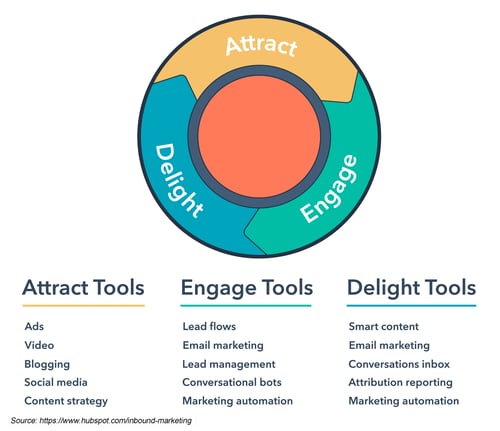
Promotion planning from a global perspective expands the impact of the HubSpot Flywheel, attracting, engaging, then delighting multiple audiences at once, creating a more resilient sales pipeline.
ATTRACT customers by first understanding your buyers’ personas:
-
What is your “ideal client profile (ICP)”? The Gartner analyst group best describes an ICP as the “firmographic, environmental, and behavioral attributes of accounts that are expected to become a company's most valuable customers.”
-
Are you a B2B or B2C company? Where are your customers located and what makes them buy from you? What are their pain points? Address these questions with specificity, like the fitness manufacturer coming into the US with a sole focus on serving independent living care homes.
Studies show that 90% of people have not chosen where they will purchase something when they start searching. At the same time, English is NOT the Global Language: even among bilingual and multilingual internet users, 9 out of 10 will “always” visit a website in their own language. Nearly 1 in 5 Europeans (19%) will “never” browse in a language other than their own, and 42% of online consumers will “never” purchase products and services without a website and information in their preferred language.
Translate the following to ATTRACT buyers:
- Ads
- Videos
- Blogs
- Social media
- Content strategy
- Keywords
ENGAGE customers by anticipating their “deeper questions” around cost, competitors, and sustainability.
A Harvard Business Review poll found that 72% of consumers spend time on sites in their preferred language, and the same number are “more likely” to buy a product when information is in their preferred language. 56% say the availability of information in their preferred language is more important than price!
“Your company’s English language campaign is robust, so translate what’s working,” says Wendy. “Figure out which blogs are doing well and translate them, create a landing page for FAQs instead of translating customer emails; build up to forge a foreign language plan. Pay attention to keyword translation for SEO optimization. Start with Google – over 90% of the world uses it daily – then consider other search engines as you expand. Do not use Google Translate or machine translation for keyword translation. You need a native speaker to translate and provide options. And don’t forget page titles, metadata, tags, etc.”
Wendy identifies Google Translate as useful for “gist” translations – of a short email or paragraph, for example – to provide the general meaning of the content. Using the service – or any machine- or AI-driven technology for that matter – for anything meaningful to your business will prove detrimental. The same goes for your “bilingual employees, distributors, and family and friends” who lack the skills and cultural understanding to provide an effective, high-quality translation.
Use the following to ENGAGE buyers:
- Lead flows
- Lead management
- Email marketing
- Conversational bots
- Marketing automation
DELIGHT customers to keep customers! And find new ones.
Wendy says that “75% of customers ‘will not buy [from you] again’ if after-sales support is not in their preferred language, even if sales were in English! Translation creates the online and offline communities that matter. It’s superior customer service and that, coupled with smart content, email marketing, and marketing automation, leads to upselling opportunities, customer loyalty, and new customers.”
Finally, watch the webinar for the 10 most important first steps! And hire a professional translation agency with global marketing experience.
Wendy Pease is a global marketing expert and President of Rapport International, a language services agency providing high-quality written translation, localization, spoken interpretation, and global marketing. She has helped hundreds of companies create a repeatable roadmap for international expansion, as detailed in her 2022 book, The Language of Global Marketing. She is the host of The Global Marketing Show podcast, which features experts who have grown businesses globally. She holds an MBA from Dartmouth College and a BA in Foreign Service from Penn State. A frequent speaker and writer on language, culture, marketing, HR, entrepreneurship, and exporting, Wendy has lived in Mexico, Taiwan and the Philippines and is passionate about languages, cultures, and communications. Contact Wendy to schedule a consult or speaking event.
Rapport International specializes in multilingual communications, providing language translation and interpretation services that are accurate and culturally appropriate. We use the right voice and the correct terminology to avoid liability, customize services to your needs, and deliver on time and within your budget. With our 100% satisfaction guarantee, you can trust that it’s done right. Contact us today if you would like more information or to get a free quote.
Popular Posts
Popular industry news, interviews, technologies, and resources.



